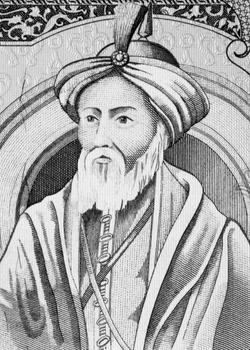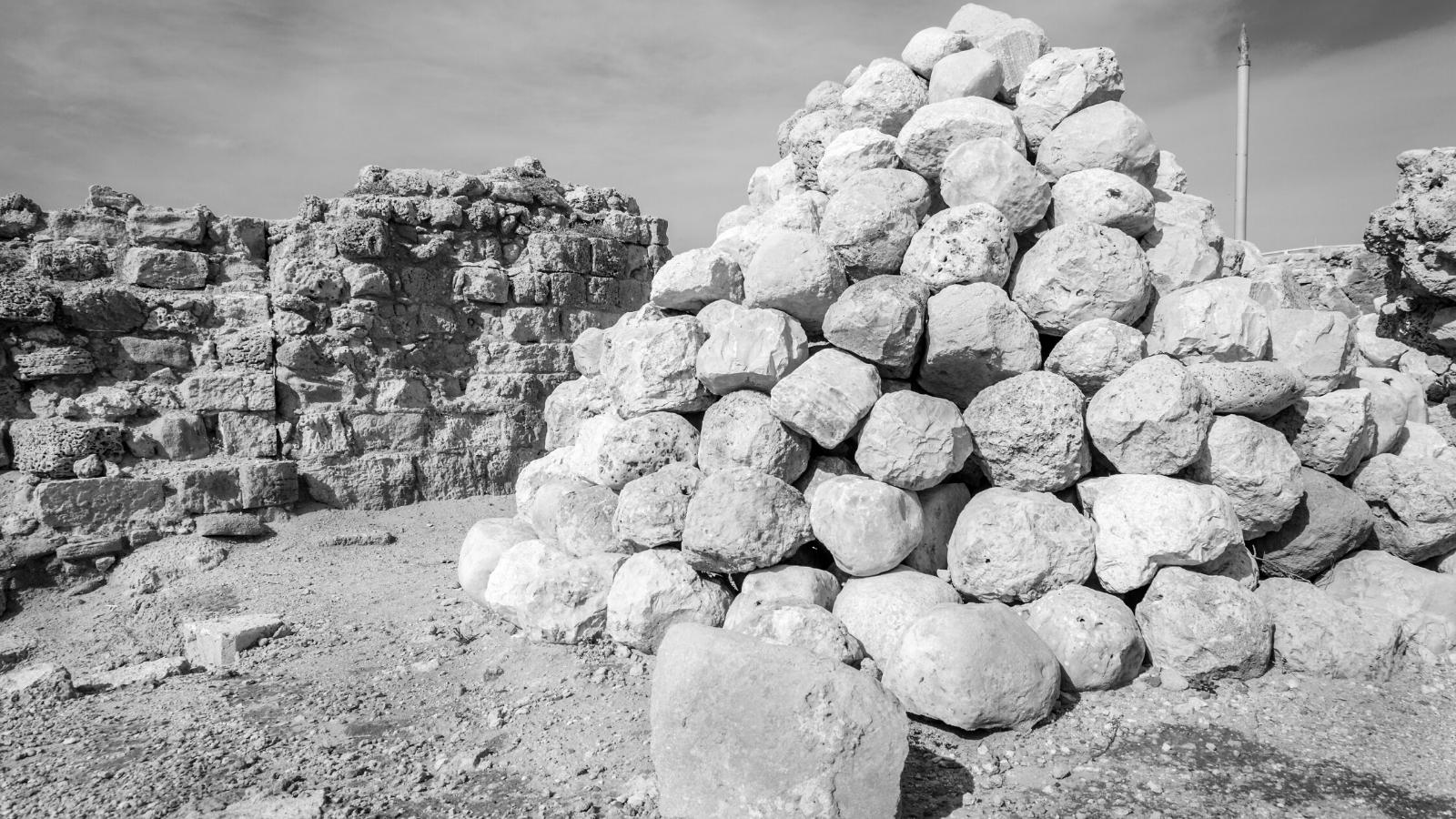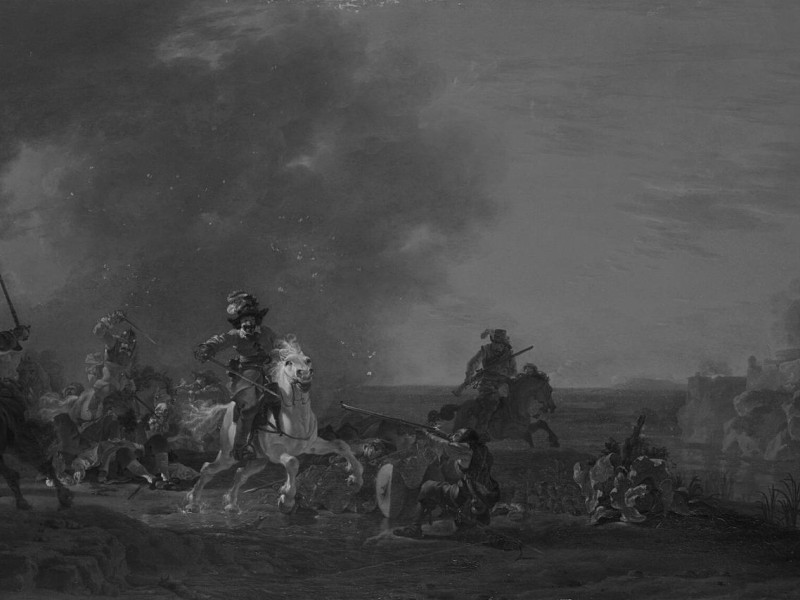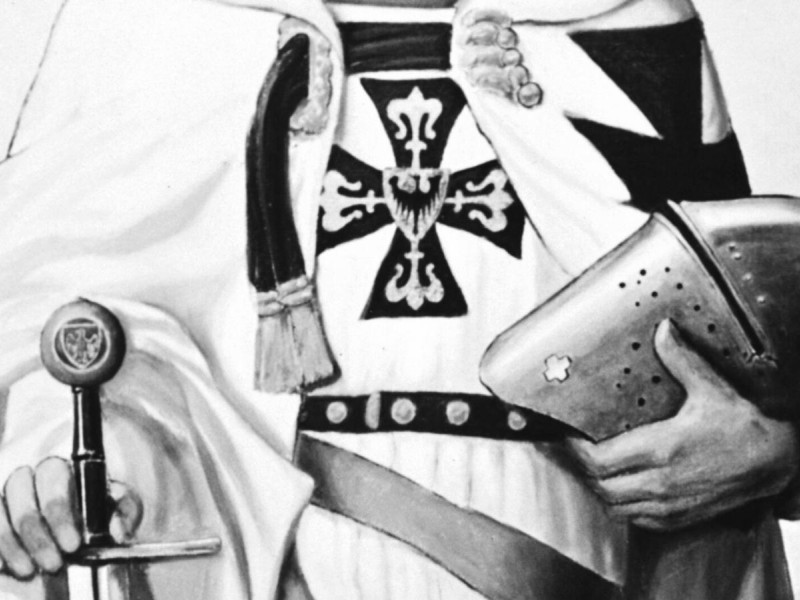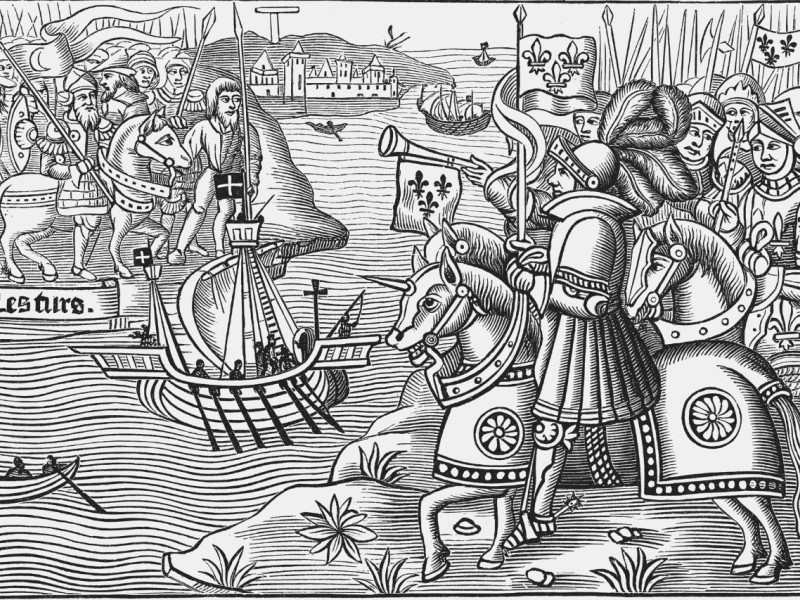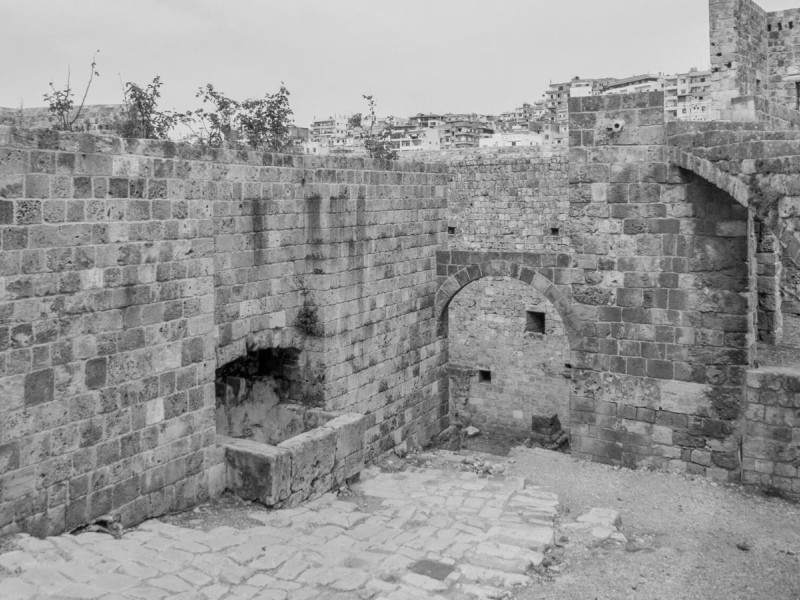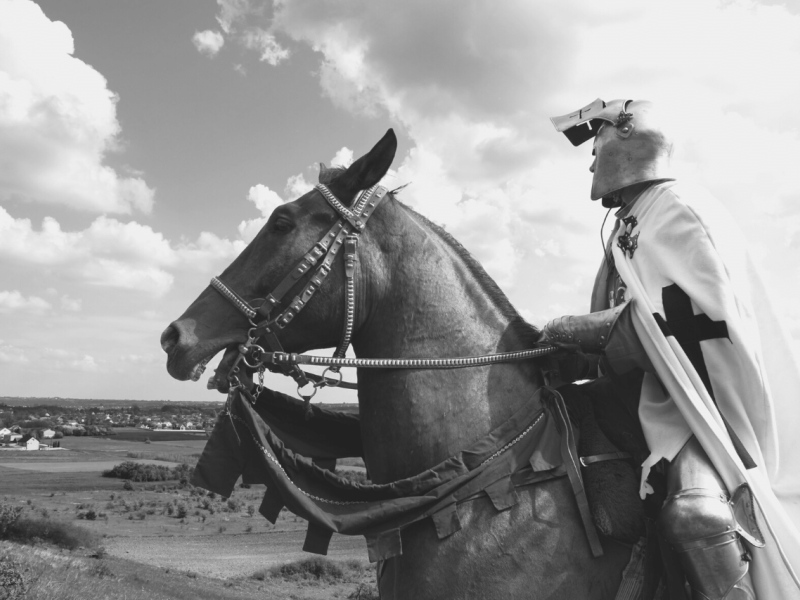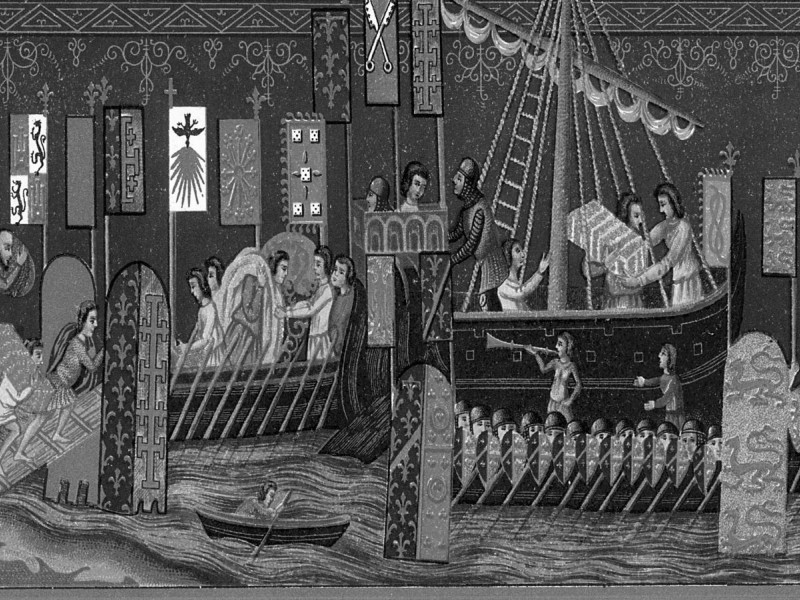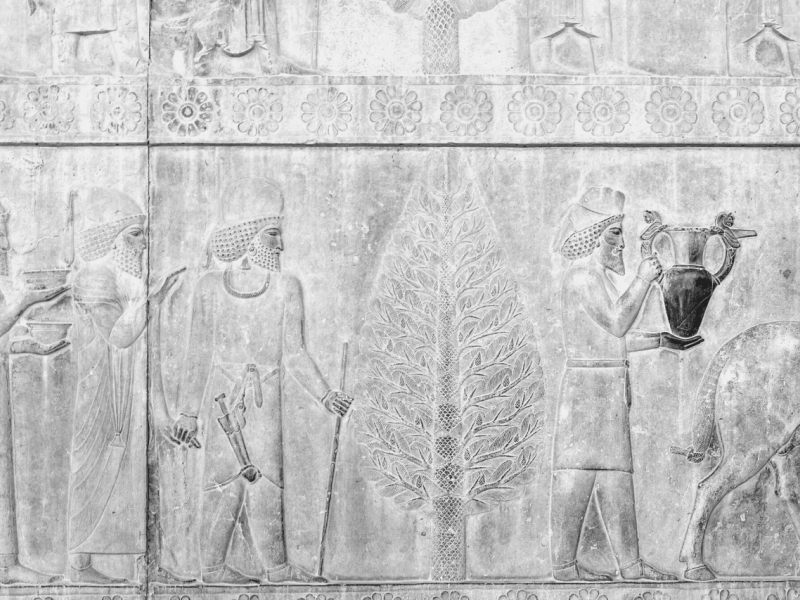The Battle of Arsuf: Christian Victory Over Strong Muslim Forces
The Battle of Arsuf occurred on September 7, 1191, between England and the forces which controlled Jerusalem. King Richard I and Saladin fought against one another in this decisive battle of the Crusades.
It was a difficult battle with Saladin using all his battle skills to fight against the English, but read this article to find out just how the tide of battle turned.
What Is the Battle of Arsuf?
The Battle of Arsuf occurred soon after the siege of Acre in 1191. In this siege, the King of Jerusalem at the time, Guy de Lusignan, finally had success against Saladin’s forces. Saladin, the Sultan of Egypt and Syria, succeeded in capturing Jerusalem in 1187. Now, the King of Jerusalem, as well as the King of England, the King of France, and the Roman Emperor, were all eager to capture Jerusalem again.
All these nations were desperate to claim ownership of the Holy Lands once more as they were all Christian nations. The Battle of Arsuf was one of many battles of the Third Crusade (1189-1192), also called the King’s Crusade because of all the major players.
After the siege of Acre, Richard I, also called Richard the Lionheart, decided to keep going towards Jerusalem. He would end up fighting the Battle of Arsuf along the way.
Richard I knew that he would have to capture the port of Jaffa before he could make it to Jerusalem. As he and his men marched there from Acre, Saladin arrived and used many military maneuvers to attempt to defeat his forces, but England was able to stand its ground, and it ended up being Saladin who would accept defeat. This victory for the west gave them control over the port of Jaffa as well as more areas of the Palestinian coast.
Richard the Lionheart: The Leader Who Didn’t Take Defeat as Definite
Richard I was the King of England from 1189 until he died in 1199. It was a short but powerful rule, and he was called Richard the Lionheart because of his skill in battle.
He supported Guy de Lusignan, the former King of Jerusalem at the time of the Battle of Arsuf. Richard’s rule was challenged by his wife’s half-sister’s husband, who was supported by the King of France, Phillip II.
Despite their differences, they all had the same goal: to take Jerusalem back from Saladin and put it into the hands of the Christians. Richard I had no intention of coming up against another loss, and they successfully defeated Saladin’s forces at Acre.
Richard I fought valiantly even though he was suffering from an illness. He marched his men north, only to meet with Saladin along the way. His troops were made up of Englishmen, Frenchmen, Normans, and Knights Templar, who were a part of the military.
Saladin, the King of Jerusalem Who Wasn’t Giving Up
Saladin was the Sultan of Egypt and Syria, and he successfully captured the Kingdom of Jerusalem in 1187. The western forces suffered a great loss and the loss of their control over the holy lands. He had regained control of the lands, and he wasn’t going to give them up easily. He was a seasoned warrior and leader of many nations.
Saladin had a powerful military and excellent strategic knowledge to boot. He heard about Richard I coming up from Acre towards Jerusalem, and knew that his strategy would be to capture the port first where the English could receive supplies and fresh troops if they controlled it.
Not only that, but the English were marching with the sea on their side, so they were protected from that angle, allowing them greater alertness. Saladin met Richard I at Arsuf, flanked by his soldiers. Most of his men were mounted, so he had the advantage in that way. He used all the methods he could to defeat the English army, but it wasn’t enough.
No More Loss in the Battle of Arsuf: Richard I Learns From the Past
Richard I was not going to lose this time. He used what he learned from the terrible defeats of the past to prepare for this battle. He knew that water was essential, and that heat exhaustion was a real thing that needed to be prevented. He was eager, and he wanted to get up north before Saladin had enough chances to regroup after Acre.
Even so, he marched his army slowly since he knew that only a fool would tire his men out before a big battle. They also didn’t march during the heat of the day but only in the cooler morning hours. He was always close to water, and his fleet sailed alongside him as they marched, always ready to support.
Richard I also created a unique protective formation for his men.
There were twelve mounted regiments in the center, each of them containing a hundred knights. The infantry surrounded these men, and on the outer edge were the crossbowmen, a powerful weapon that the Muslim forces did not have. As they marched, Saladin’s men confronted them and began their attack.
Late August: The First Stage of the Battle of Arsuf
Saladin’s men began to pelt the English with arrows as they marched, but the Englishmen had created a very good barrier, and they also had the sea at their back. They had a way to get fresh supplies and to deal with injured men. These attacks began on the 25th of August and continued until Mount Carmel got in between the armies.
Saladin had to ride further north to meet them where the area was clear. He continued his attacks on the 30th of August, but to his frustration, they didn’t do much damage. The power of his regular bows paled in comparison to the power of the English crossbows.
The Day of the Battle of Arsuf: Saladin vs Richard the Lionheart
Saladin’s attempts to weaken the English force had been unsuccessful until they reached the Wood of Arsuf and had to walk through it. They were able to rest on September 6 in relative safety, but Saladin was waiting, and he was prepared.
On September 7, as they continued their march, Saladin prepared his first attack. He knew that it was smarter to attack from the back, where they would be weakest.
Richard I, being a skilled warrior, knew that this would be the case, so he put extra protection at the front and the back of his army. He spread out his men so that there would be informants alerting him to any new attacks coming upon them.
The battle began with Saladin’s men attacking with spears, javelins and arrows. The barrage of weapons was constant, vicious and bloody, and the English men on the outside experienced heavy damages.
However, Richard I was smart, and he waited and waited until the right time to attack. He knew that Saladin’s men would tire themselves out, and then the English attack would be all the stronger.
Saladin was frustrated because the constant attacks weren’t doing as much damage as he hoped, then someone from Richard’s army charged, overwhelming the Muslim forces after their third surge of attacks.
The Aftermath of the Battle of Arsuf: The Body Count
It was a success for the west, and Saladin’s forces were scattered as they made their escape. By the end of that night, Richard I and his men were camping at Arsuf, staking their claim, and looting the bodies of their dead foes.
Of course, history is always a little murky on numbers, but there is an estimated number of deaths from this battle. Saladin had gone into this battle with about 25,000 men and lost about 7,000 of them.
Richard I had gone into this battle with about 20,000 men but also lost several thousand of them. There wasn’t a huge disparity in the body count, and yet it was a victory for the western troops.
Saladin wasn’t completely destroyed, but he and his men did retreat, and that was considered a shameful thing. It boosted Richard I’s confidence and hurt Saladin’s reputation at the same time.
Even though there was a victory at the Battle of Arsuf, Jerusalem still wasn’t in Christian hands. They did control Jaffa and much of the Palestinian coast after this, which weakened Saladin’s power considerably.
At the end of the Third Crusade in 1192, the west still didn’t have control over the holy lands, but they were able to sign the Treaty of Jaffa with Saladin, which meant Christian pilgrims could visit the holy lands even though it was controlled by a Muslim power.
Conclusion
Here are the main points we learned about the Battle of Arsuf, which was covered in the article above:
The Battle of Arsuf took place on September 7, 1191, as part of the Third Crusade, or the King’s Crusade
The battle was between Richard I with his forces and knights and Saladin and his men
Richard I was the King of England, also called Richard the Lionheart
Saladin was the Sultan of Egypt and Syria, but he had gained control of the Kingdom of Jerusalem after a decisive battle in 1187
After the siege of Acre where Saladin lost, the western forces were bolstered in their courage
Richard I marched north to take Jerusalem, and Saladin met him along the way
Richard I marched his men along the sea, and Saladin attacked the men over and over to little effect
However, in the Wood of Arsuf, Saladin was able to launch an attack with a barrage of weapons
He used all the skills at his disposal, but Richard I was ready, and he lied in wait until they tired themselves out
With their final surge of power, Richard and his men were able to overwhelm the Muslim forces, and Saladin’s reputation was ruined
Through this battle, the western forces were able to gain control of Jaffa even if they didn’t win Jerusalem
The Battle of Arsuf was decisive because it showed the strength of the west and Richard I’s battle skills. It didn’t win them their goal, but it did give them more power, and, through this, they gained pilgrimage to visit the holy lands.

